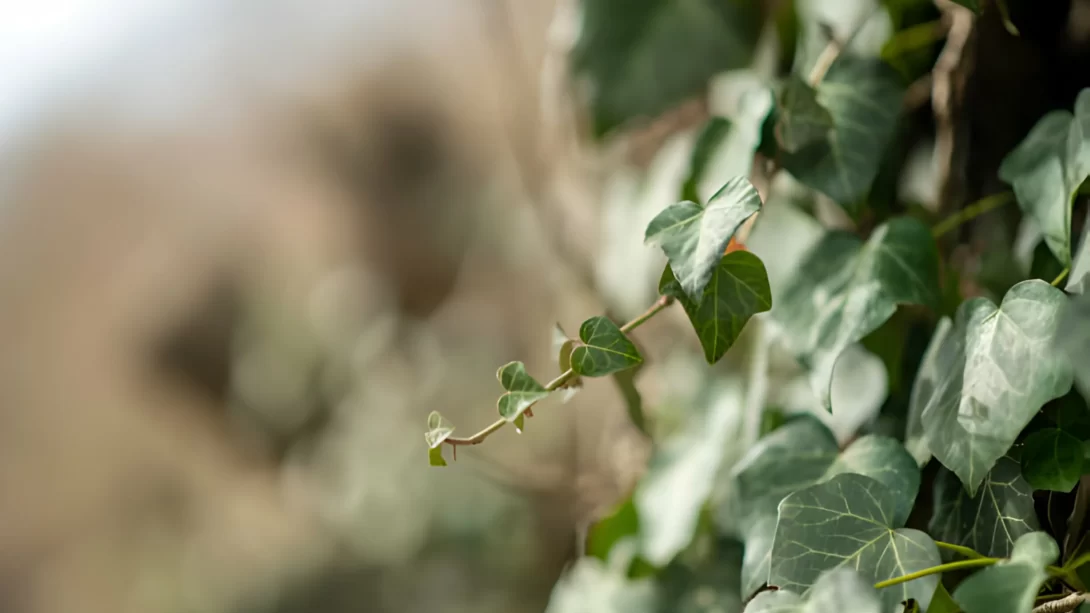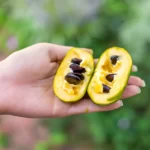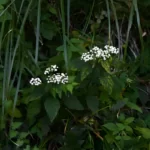Ivy, with its cascading vines and lush foliage, is a popular houseplant cherished for its ability to add a touch of nature to indoor spaces. However, it’s not uncommon for ivy owners to encounter issues with their plants’ health, leading to the distressing question: “Why is my ivy dying?” Understanding the various factors that can contribute to the decline of ivy is crucial for effective plant care and revival.
Ivy Plant Basics
Ivy plants, including the common English ivy (Hedera helix), are known for their hardiness and adaptability, but they still have specific care needs. These plants prefer a balance of light, water, and nutrients, and their vining nature means they can quickly show signs of distress if these needs aren’t met. Proper care is essential to keep ivy plants healthy, vibrant, and growing.
Common Causes of Ivy Dying
Several factors can lead to the decline of an ivy plant. It’s important to understand these different causes to diagnose and address the specific problem your plant is facing effectively.
Overwatering and Underwatering
Watering issues are among the most common causes of ivy plants dying:
- Overwatering: Ivy does not like to sit in waterlogged soil. Excess water can lead to root rot, a condition where the roots begin to decay, inhibiting the plant’s ability to absorb water and nutrients. Signs of overwatering include yellowing leaves and a musty smell from the soil.
- Underwatering: Conversely, not providing enough water can lead to dehydration. Symptoms include dry, crispy leaves and wilting.
The key to proper watering is to allow the top inch of the soil to dry out between waterings, ensuring the plant receives enough moisture without becoming waterlogged.
Light Requirements
Light is a critical factor in the health of an ivy plant:
- Insufficient Light: Ivy requires bright, indirect light to thrive. If it’s kept in too low light, it may become leggy, with sparse, small leaves.
- Too Much Direct Sunlight: While ivy likes bright light, direct sunlight can scorch its leaves, leading to browning or yellowing.
Finding a spot with the right amount of light, such as near a north-facing or east-facing window, can help keep your ivy in good health.
Temperature and Humidity
The health of an ivy plant is also closely tied to the temperature and humidity of its environment:
- Temperature: Ivy prefers a consistent and moderate temperature range. Extreme fluctuations or very high or low temperatures can stress the plant. Typically, a range between 60-75°F (15-24°C) is ideal.
- Humidity: Ivy thrives in a moderately humid environment. Dry air, often found in homes with central heating or air conditioning, can lead to dried out leaves. Using a humidifier, misting the leaves, or placing the plant in a more humid room like a bathroom can help.
Ensuring a stable and suitable temperature and humidity level will go a long way in maintaining the health of your ivy.
Nutrient Problems
Nutrient imbalances can also affect the well-being of an ivy plant:
- Deficiencies: Lack of essential nutrients can lead to poor growth and discolored leaves. Ivy plants benefit from regular fertilization, but the frequency and type of fertilizer depend on the specific needs of the plant and the quality of the potting soil.
- Overfertilization: Conversely, too much fertilizer can harm the plant. Signs of overfertilization include brown, crispy leaf edges and a buildup of fertilizer salts on the soil surface.
Using a balanced, water-soluble fertilizer every month during the growing season (spring and summer) and reducing fertilization in the fall and winter can help maintain the right nutrient balance.
Pest Infestations
Pests are another common issue that can lead to an ivy plant’s decline:
- Common Pests: Ivy can be susceptible to pests like spider mites, aphids, and mealybugs. These pests feed on the plant’s sap, weakening it over time.
- Signs and Treatment: Indicators of pest infestations include webbing on the plant (spider mites), sticky leaves (aphids), or cottony spots (mealybugs). Treatment involves isolating the plant, removing the pests manually, and using insecticidal soaps or neem oil.
Regularly inspecting your ivy for pests and taking immediate action if any are found is crucial for the plant’s health.
Disease Issues
Diseases can also contribute to the declining health of an ivy plant:
- Root Rot: As mentioned earlier, overwatering can lead to root rot, which is one of the most common diseases in ivy plants. The key to prevention is ensuring proper drainage and avoiding overwatering.
- Leaf Spot Diseases: Fungal or bacterial leaf spot diseases can cause yellow, brown, or black spots on the leaves. Improving air circulation, reducing leaf wetness, and applying fungicides can help manage these diseases.
Monitoring your ivy regularly and addressing any signs of disease promptly can prevent further damage and help the plant recover.
Environmental Stress
Environmental stressors can also impact ivy plants:
- Air Quality: Poor air quality or exposure to toxins, such as cigarette smoke or chemical fumes, can harm ivy plants. Ensuring a clean environment with fresh air is important for their health.
- Sudden Changes in Environment: Moving the plant to a new location, changing watering habits abruptly, or a sudden change in temperature or humidity can stress the plant, leading to leaf yellowing or drop.
Gradual acclimation to any new environment or care routine can help minimize stress for your ivy.
Repotting and Root Health
Finally, issues with the potting medium and the health of the roots can affect ivy:
- Root Bound Plants: If an ivy plant becomes root bound, where the roots have no more room to grow, it can impact the plant’s health. Symptoms include slowed growth and wilting.
- Repotting Needs: Repotting the plant into a larger container with fresh potting soil can rejuvenate an overgrown ivy. Ensure the new pot has adequate drainage to prevent water accumulation.
Checking the roots annually and repotting as needed can help maintain a healthy root system, which is essential for the overall health of the plant.
Conclusion
The decline of an ivy plant can be attributed to various factors, including improper watering, inadequate light, temperature and humidity issues, nutrient problems, pest infestations, diseases, environmental stress, and root or potting medium issues. Understanding these factors and monitoring your plant regularly can help you identify and address any issues your ivy may face. With proper care and attention, ivy can be a resilient and long-lasting addition to your indoor plant collection, bringing beauty and a touch of nature to your living space. Remember, each plant is unique, and getting to know its specific needs is part of the joy of plant care.



